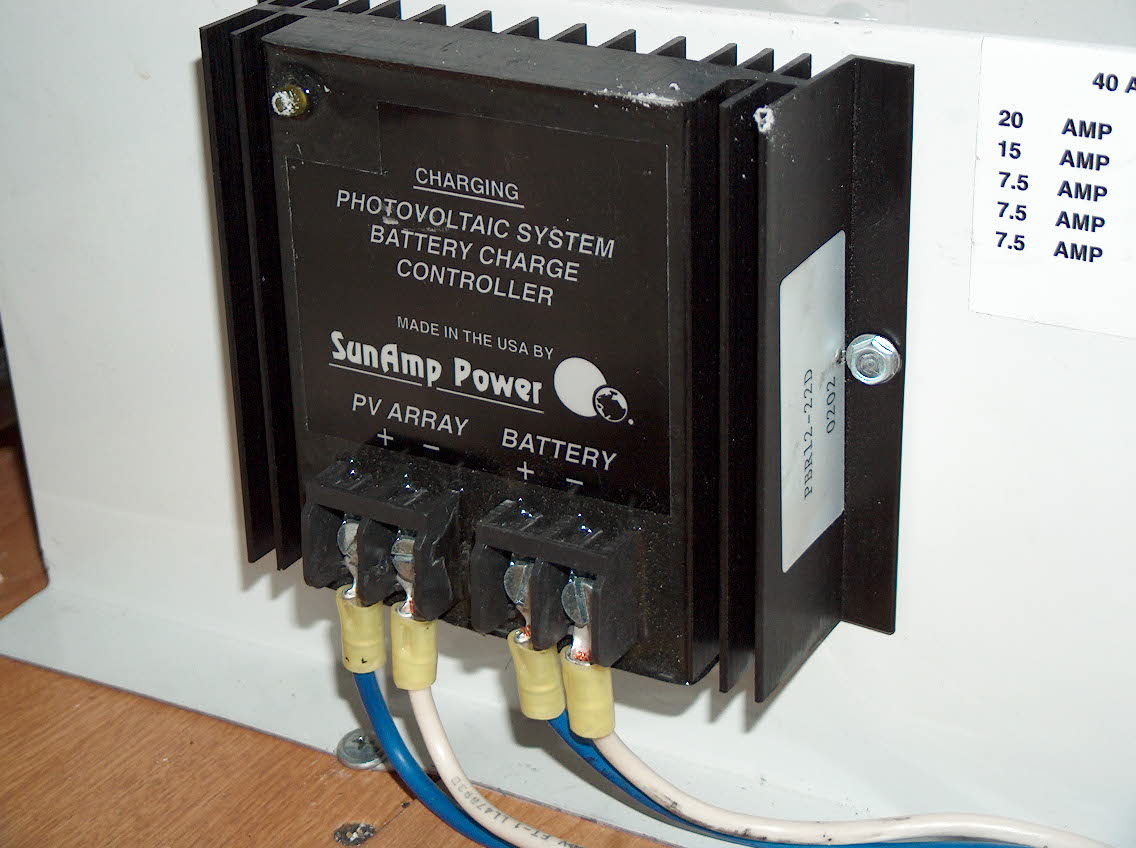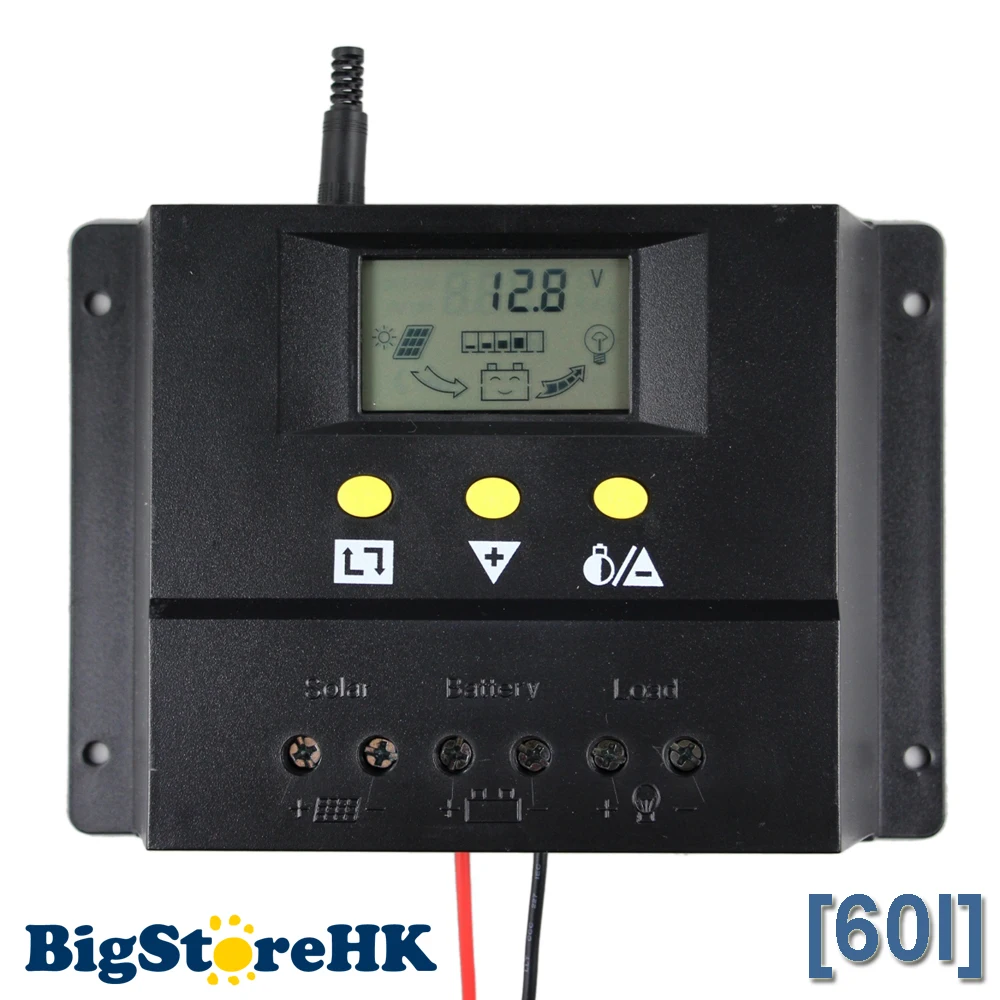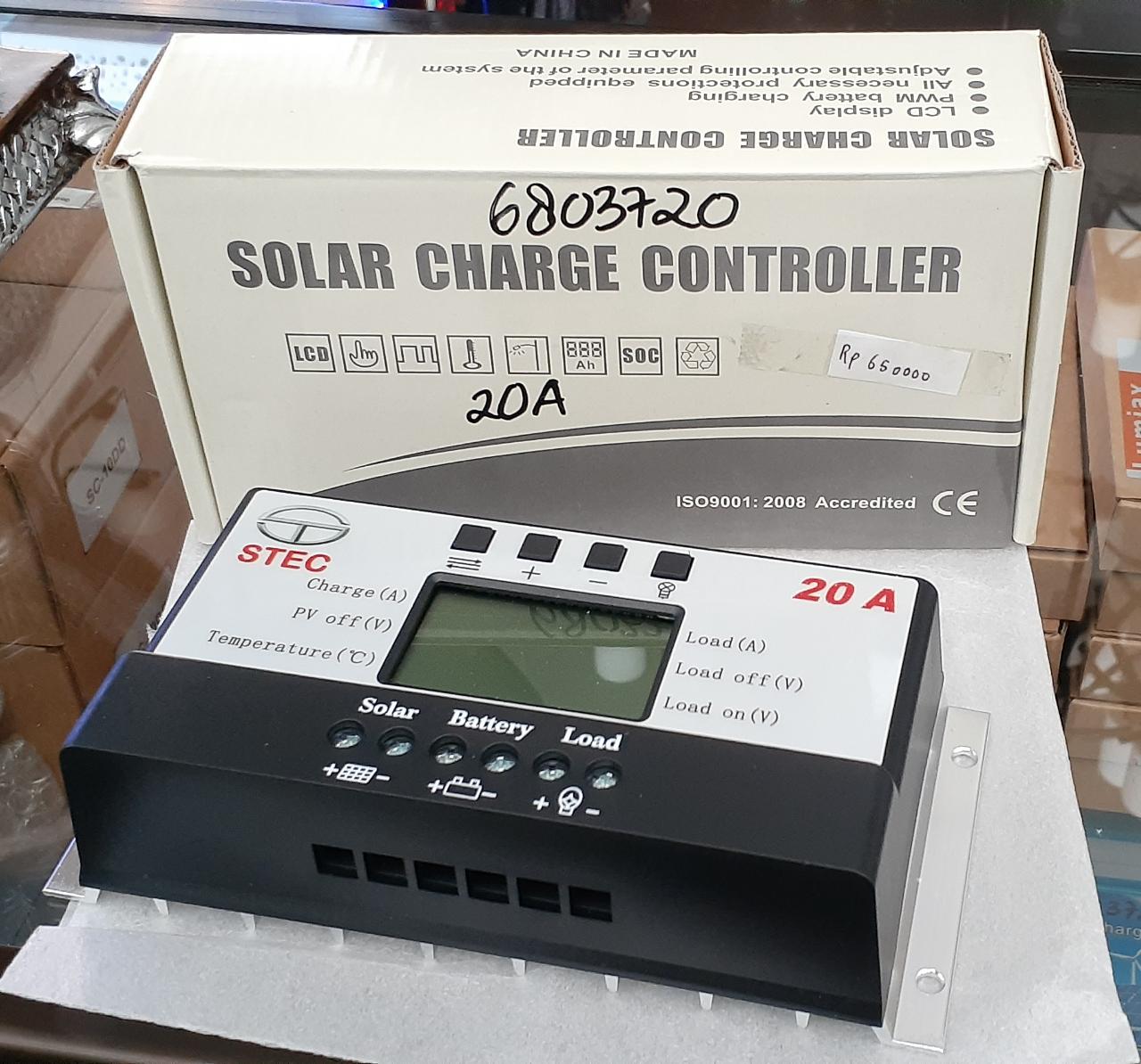

Lastly, it’s essential to monitor your system’s charge, current, voltage (including open-circuit voltage), and temperature, so choose a controller with an easy-to-read display. Most charge controllers have this function, so it’s mostly a matter of whether you want a controller with automatic load control or if you prefer to do it manually. Load control is another important feature to look for, and refers to the ability to turn off your battery’s output when the charge controller senses the battery bank is too low. Or, if you’re willing to pay a little extra, some controllers have remote access so you can control the device from any location. For example, multi-voltage function-enabled controllers let you adjust the charging voltage set point so the device operates more effectively. There are several additional features that can enhance a solar controller and add convenience for the user. Whether it’s lead acid, sealed lead acid (AGM and Gel), or lithium-ion, you’ll want to ensure that the solar charge controller is compatible in order for the controller to function. It’s important to consider what type of battery you’ll be charging. On the other hand, MPPT controllers measure the solar panel’s voltage which is then down-converted to match the battery’s voltage, helping to increase the current. A PWM controller works by establishing a direct connection between the solar panels and the battery. The charge controller’s technology is available in two options: pulse width modulation ( PWM) and maximum power point tracker ( MPPT). Using a solar charge controller with too few amps can negatively affect the system, but using a controller that’s larger than you need will not cause any issues.

When in doubt, it’s always better to go too big than too small. To calculate the current capacity required, figure out how many amps your system normally produces and add 25 percent to account for temporary increases in current levels. The size of the solar charge controller will depend on how many watts you need to collect from the sun.
Solar panel controller install#
If a solar controller is the missing part of this equation to install your system, there are several things to consider before purchasing one. Off-grid solar power systems have four major components : a solar panel for collecting energy, a charge controller for regulating it, a battery for storage, and an inverter for use. What to Look For When Choosing the Best Solar Charge Controller BEST 30 AMP: Victron Energy SmartSolar 30 Amp MPPT.BEST WATERPROOF: Renogy Voyager 10 Amp PWM.BEST BANG FOR THE BUCK: WindyNation TrakMax 40 Amp MPPT.


Whether you’re installing solar power in your tiny home, shed or off-grid cabin, or are using it to power backyard lighting and water-pumping applications, a solar controller is an integral piece of your renewable energy system. This necessary device connects the solar panels to the batteries, so as energy is produced from sunlight, a controller regulates this flow to prevent the panels from overcharging the batteries.īy monitoring high and variable voltage, the charge controller also protects your batteries from damage and even fires. When installing off-grid solar power, a solar charge controller (or solar regulator) will function as the brain of your solar system.


 0 kommentar(er)
0 kommentar(er)
